Change everything
Ms. Ca Lan used to live in a temporary, dilapidated house in the middle of a remote mountainous area in Khanh Trung commune, Khanh Vinh district. Thanks to the VND40 million support for house construction from the program, she has been living in a spacious 60m² level 4 house since the end of last year. “If it weren’t for the program, I don’t know when I would have had a spacious house like this. In addition to the support from the program, many relatives and neighbors also helped with bricks, corrugated iron sheets, and working days. With a new house to protect me from the rain and sun, I can confidently learn a trade and work my way out of poverty,” Ms. Lan shared.
 |
| A corner of To Hap town, Khanh Son district. |
According to Mr. Mang Du - Vice Chairman of the Farmers' Association of Son Tan Commune (Cam Lam District), thanks to resources from the program, they have invested in irrigation systems to restore abandoned farming areas, supported loans for households in the commune to invest in automatic irrigation systems, converted to suitable crops, bringing about clear economic efficiency. For example, Ms. Mau Thi Nguyen (Va Ly village), thanks to preferential loans from the program, has escaped poverty. "I was able to borrow money to buy cows and plant mangoes. Now the cows have given birth, and the mango trees have begun to bear fruit. Commune officials and prestigious people have also instructed me on how to raise and treat cows. Thanks to that, my family has escaped poverty and has a stable income," Ms. Nguyen said.
In 2021, Khanh Son district had 3,530 poor households, accounting for more than 47% and 1,405 near-poor households, accounting for nearly 19% of the population. The locality is on the list of 74 poor districts nationwide for the period 2021 - 2025 and is one of 22 districts prioritized by the Central Government for investment resources and support to escape poverty. However, by the end of 2024, the district will have only 1,620 poor households (accounting for about 20%), 908 near-poor households (accounting for about 11%), and an average income per capita of 37.3 million VND/year, 1.58 times higher than in 2020. "Implementing the program, from 2021 to 2024, the district has invested in socio-economic development, especially in infrastructure, job creation, social security, housing support, and livelihood models to help people develop production... Thanks to that policy, Khanh Son has been removed from the list of poor districts" - said Mr. Dinh Van Dung - Chairman of Khanh Son District People's Committee.
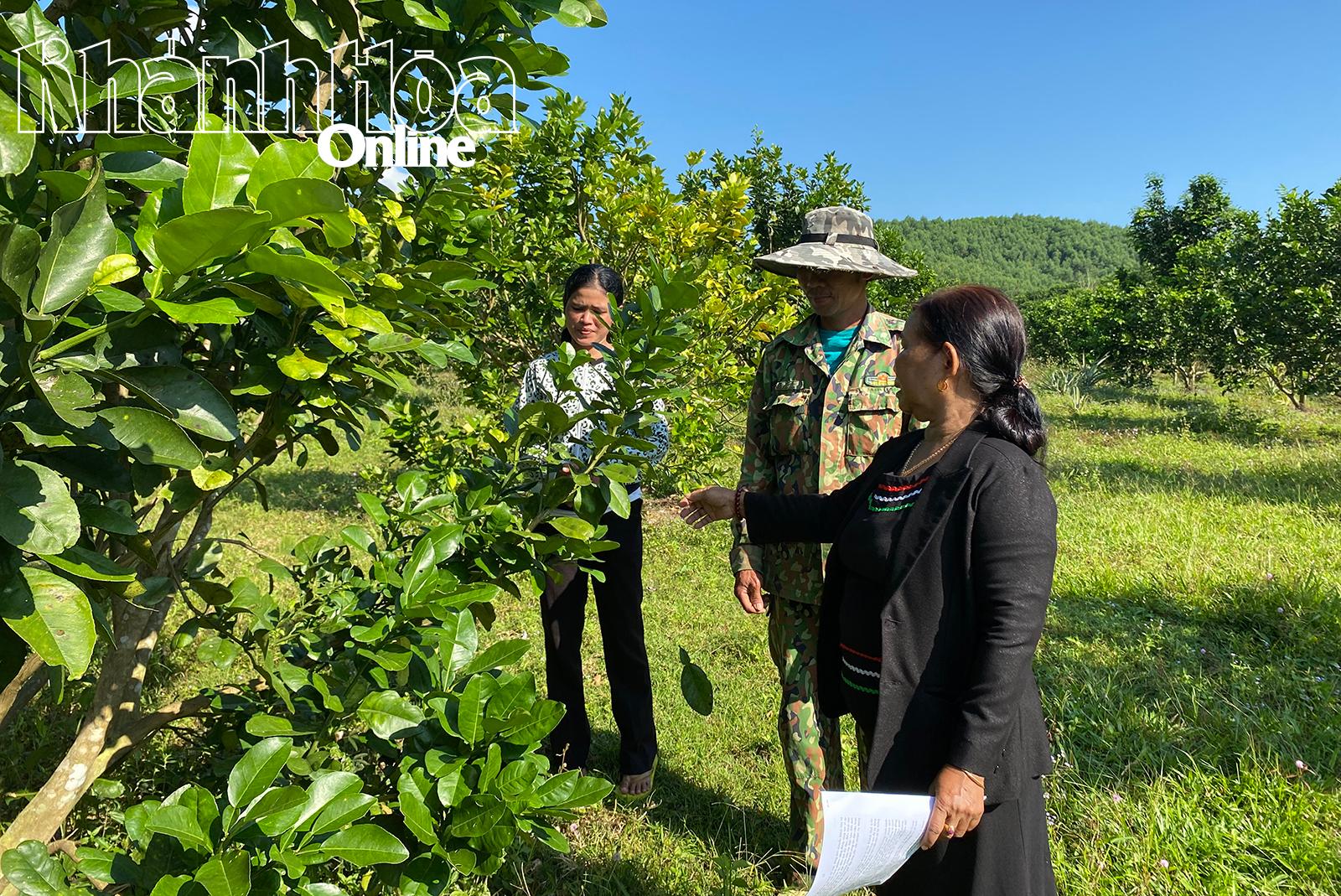 |
| A prestigious person guides people in farming in Khanh Trung commune, Khanh Vinh district. |
In Khanh Vinh district, before 2020, there were 4,831 poor households, accounting for nearly 46% of the population. Now, thanks to resources from investment programs on infrastructure, housing,education , and production support, people's lives are gradually improving. "The poverty rate in the district has decreased to 17%, the average income of people has reached more than 25 million VND/year. We strive to increase this number to more than 40 million VND by the end of 2025" - Mr. Van Ngoc Huong - Chairman of Khanh Vinh District People's Committee shared.
The foundation for sustainable development
It can be said that the National Target Program for Socio-Economic Development in Ethnic Minority and Mountainous Regions has achieved many important results, contributing to fundamentally changing the appearance of the mountainous areas of the province. The total capital for implementing the program in the 2021 - 2025 period is more than 790 billion VND, of which the central budget is nearly 619 billion VND; by the end of the first quarter of 2025, the whole province has disbursed more than 489 billion VND, reaching 87.3% of the plan. The socio-economic infrastructure system has been invested synchronously: 100% of communes have asphalted or concrete car roads to the commune center; 100% of villages have car roads to the center; 100% of households use the national grid or suitable power sources; 100% of ethnic minority households have clean water; schools, medical stations are solidly built. In particular, the policy of supporting housing, livelihoods, job conversion, preferential loans... has contributed to reducing the poverty rate of ethnic minority households by an average of 7.2% per year; The average income of ethnic minorities has exceeded 30 million VND/year; more than 50% of communes and villages have escaped from extremely difficult areas, and both Khanh Son and Khanh Vinh districts have officially escaped the list of poor districts. Production support models have been evaluated as effective, such as loans to convert crops and livestock, invest in new technologies in cultivation, or vocational training, helping people proactively develop their economy and transform their livelihoods sustainably. The program also contributes to improving the educational level of ethnic minorities, preserving and promoting national cultural identity...
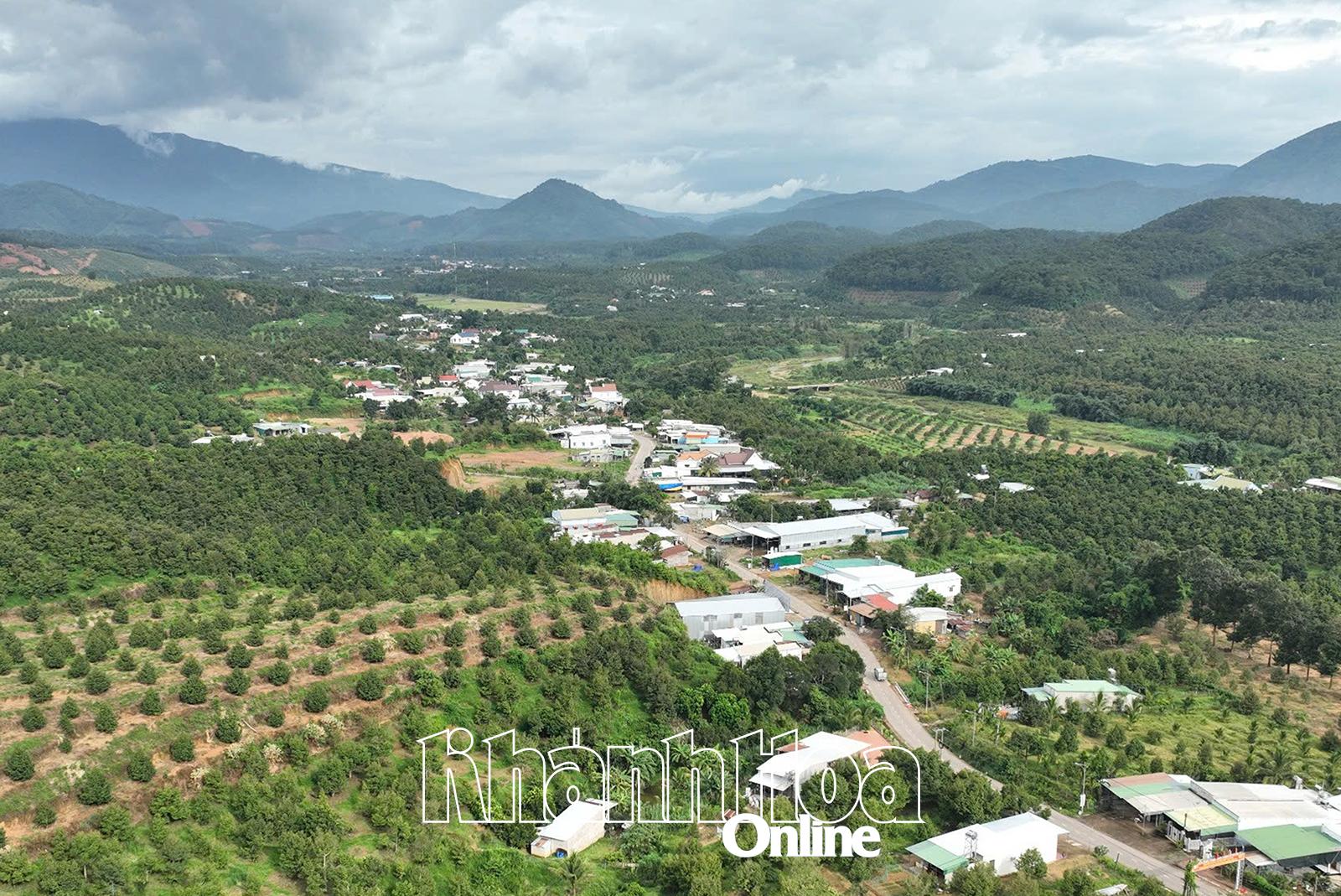 |
| Son Binh Commune, Khanh Son District with lush durian gardens. |
Despite many achievements, the program still has some shortcomings that need to be overcome, such as: Some implementation policies are still overlapping and lacking in synchronization; coordination between departments and branches is not tight; grassroots staff are still limited in capacity and propaganda skills; the participation of enterprises and cooperatives in building production models according to value chains is still limited...
Speaking at the recent conference summarizing the program, Mr. Nguyen Tan Tuan - Deputy Secretary of the Provincial Party Committee, Chairman of the Provincial People's Committee, Secretary of the Provincial Party Committee emphasized: The achieved results are a testament to the spirit of solidarity and efforts to overcome difficulties of the entire political system and the people. To successfully implement the program for the period 2026 - 2030, Party committees at all levels need to enhance their responsibility in directing ethnic work, especially focusing on building a team of grassroots cadres who are "dedicated and capable", understand the culture and psychological characteristics of the people, thereby creating trust and consensus from the grassroots. Localities need to urgently complete the planning of industries, occupations, crops, and livestock, along with specific incentive mechanisms on land, taxes, capital, and production investment to attract businesses and households to develop the economy according to the value chain. Along with that, it is necessary to prioritize synchronous investment in socio-economic infrastructure, focusing on national standard school systems, inter-village transport, irrigation, reservoirs, etc. to create favorable conditions for living, studying and production of people in mountainous areas.
CODE
Source: https://baokhanhhoa.vn/kinh-te/202506/dien-mao-moi-cho-cac-dia-phuong-mien-nui-8d97518/




![[Photo] Prime Minister Pham Minh Chinh chairs the national online conference on combating smuggling, production and trade of counterfeit goods.](https://vphoto.vietnam.vn/thumb/1200x675/vietnam/resource/IMAGE/2025/6/23/4a682a11bb5c47d5ba84d8c5037df029)

![[Photo] Prime Minister Pham Minh Chinh holds meeting to launch exhibition of national achievements to celebrate 80th National Day](https://vphoto.vietnam.vn/thumb/1200x675/vietnam/resource/IMAGE/2025/6/23/0c0c37481bc64a9ab31b887dcff81e40)



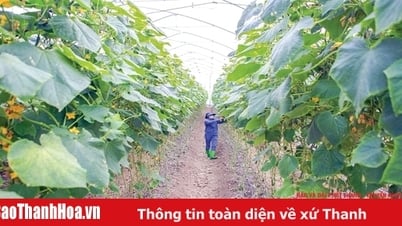


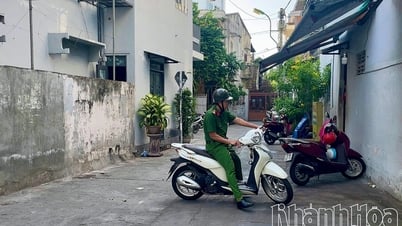
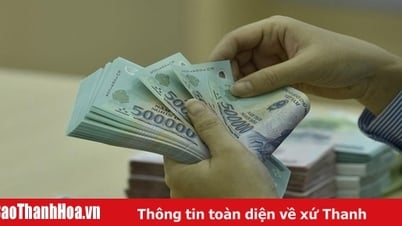
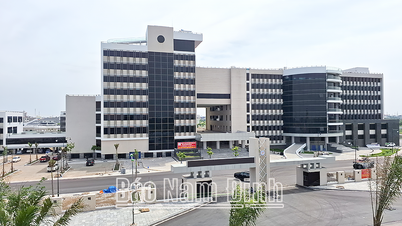







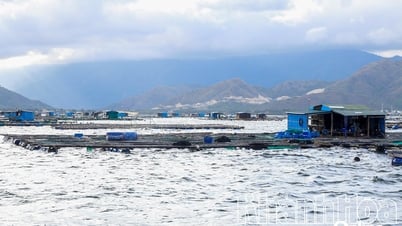
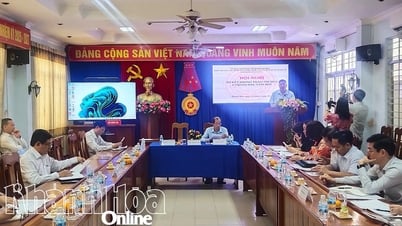
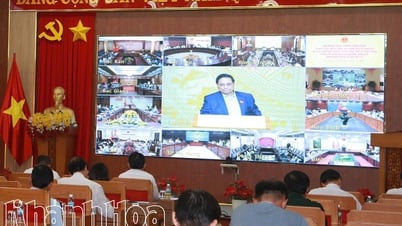

![[Photo] Party Congress of the Central Internal Affairs Commission for the 2025-2030 term](https://vphoto.vietnam.vn/thumb/1200x675/vietnam/resource/IMAGE/2025/6/23/5bf03821e6dd461d9ba2fd0c9a08037b)





















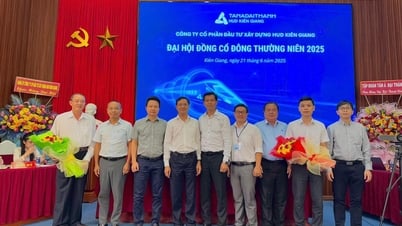










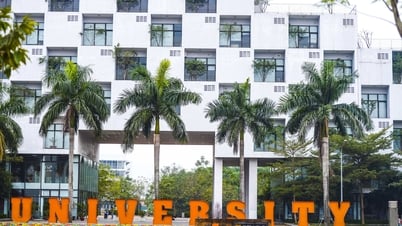

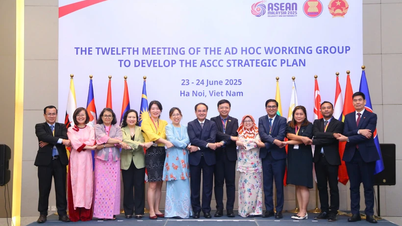
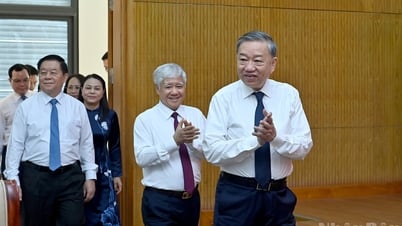

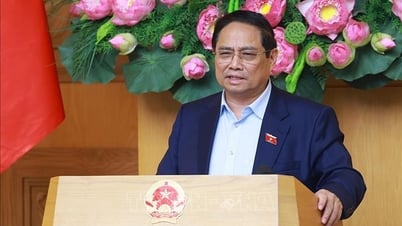
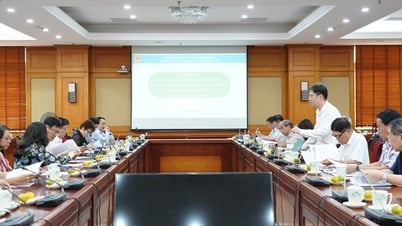

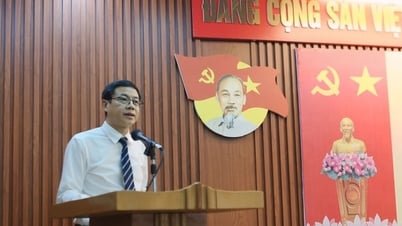


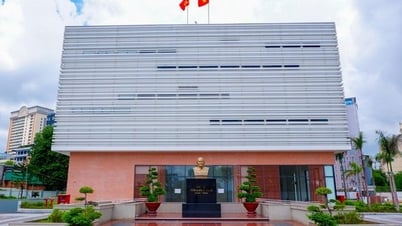



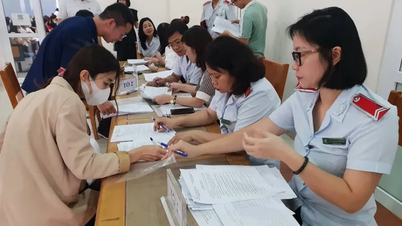

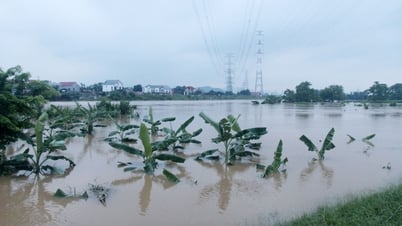













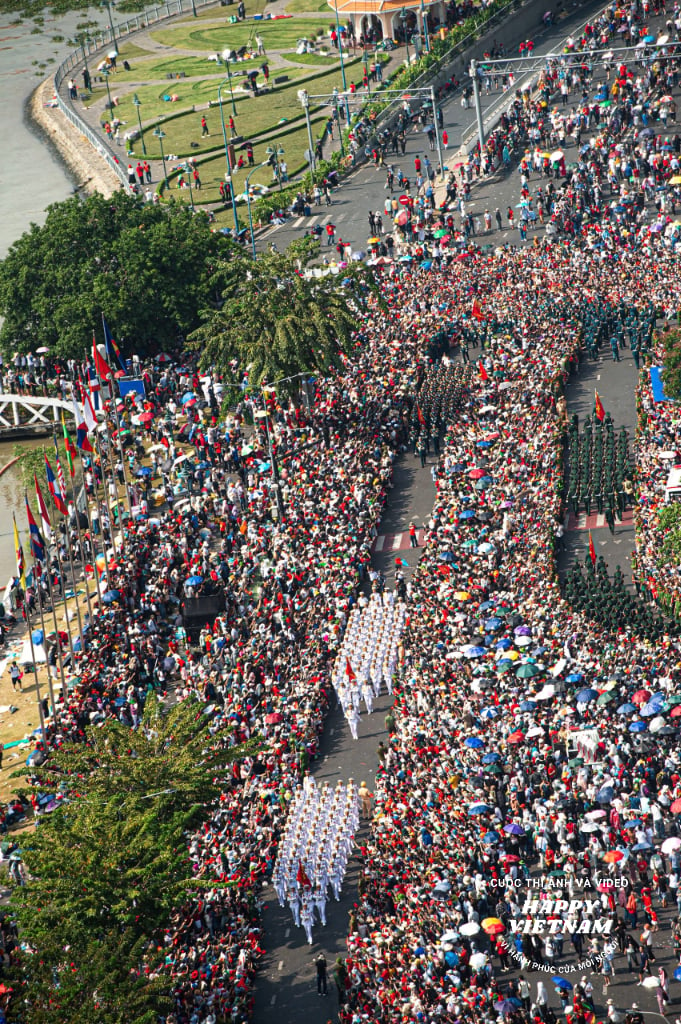

Comment (0)